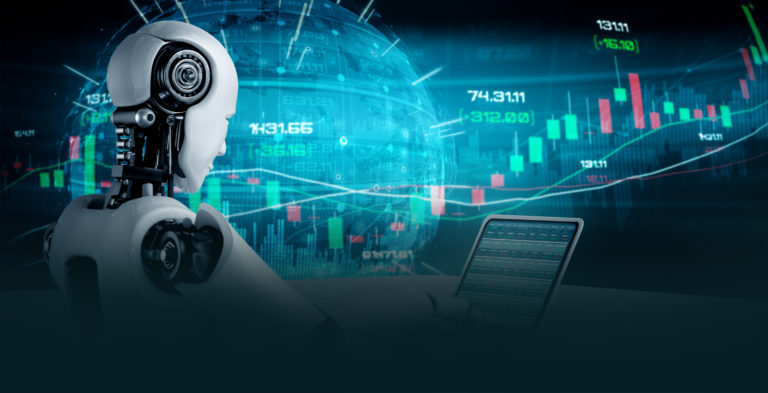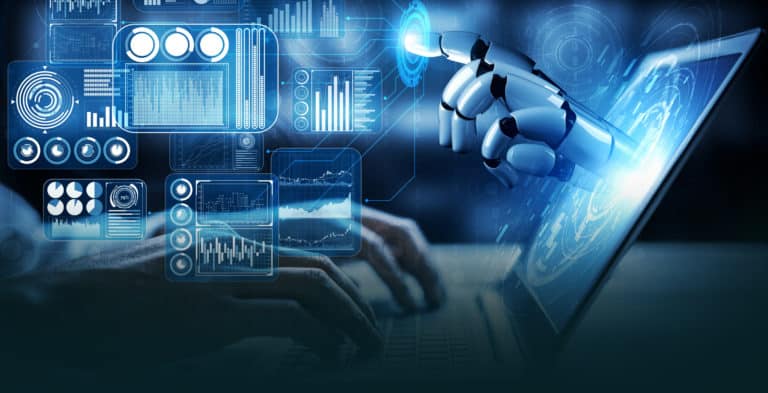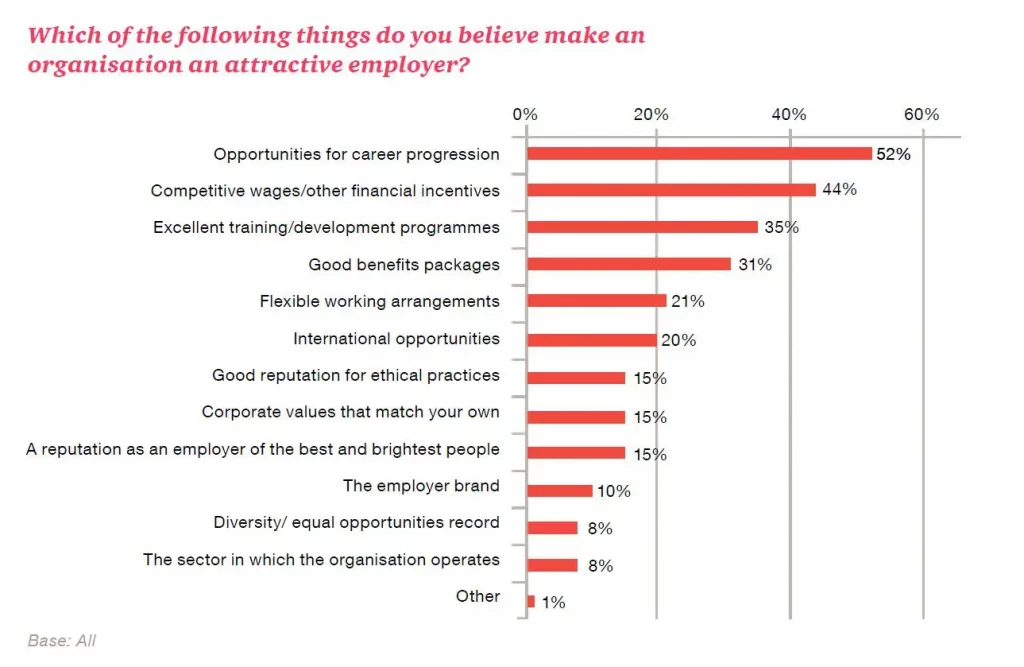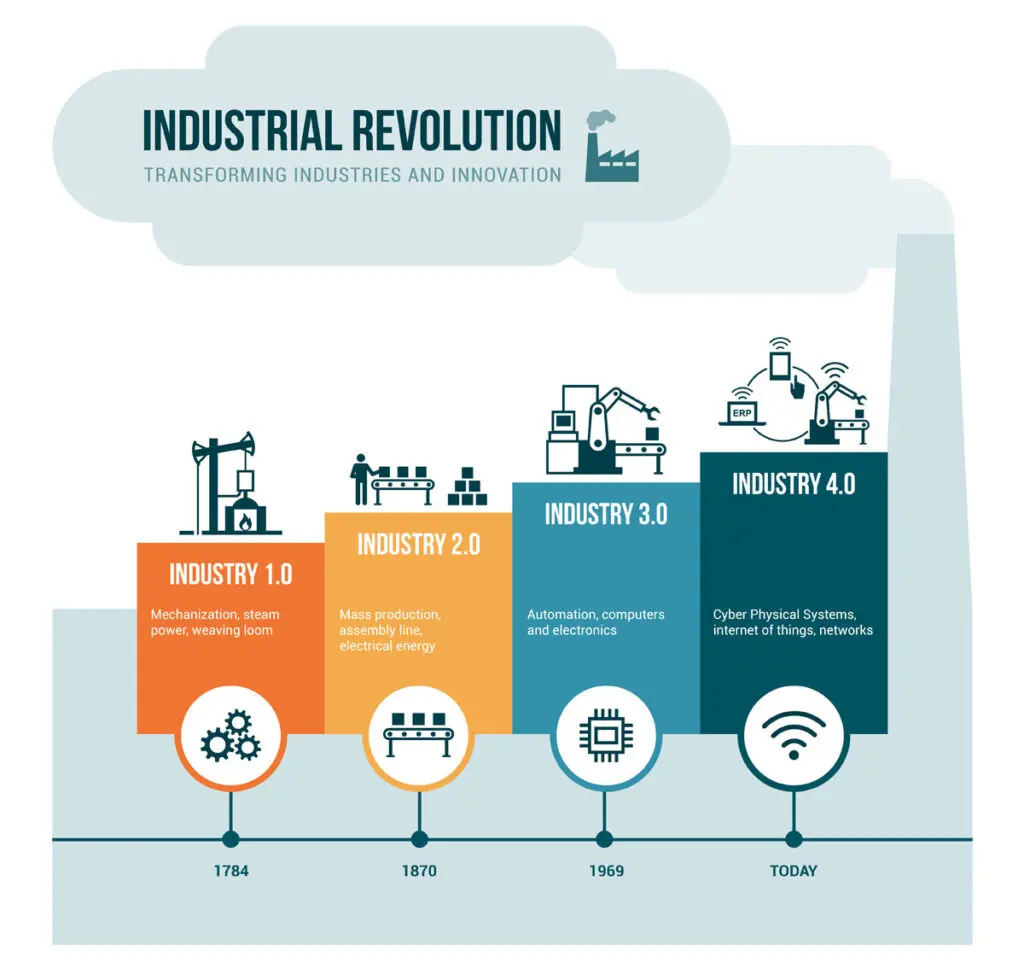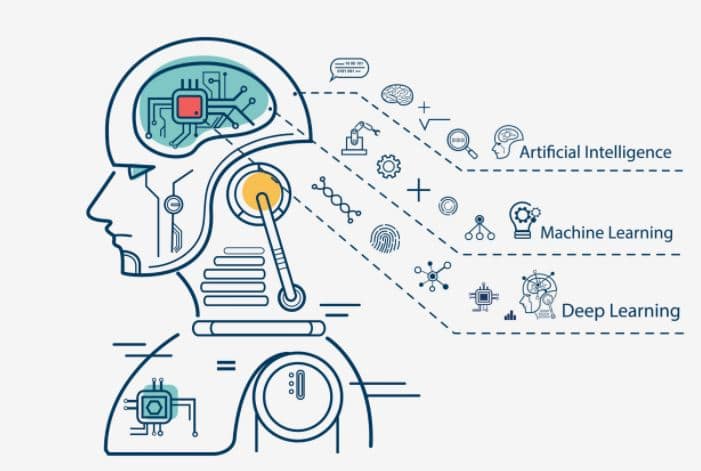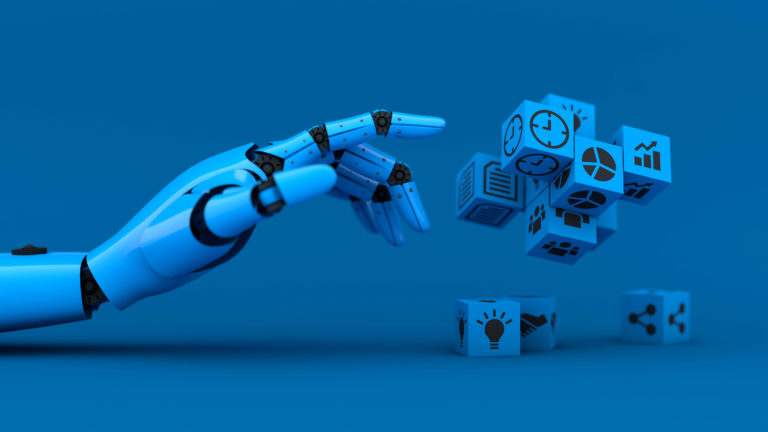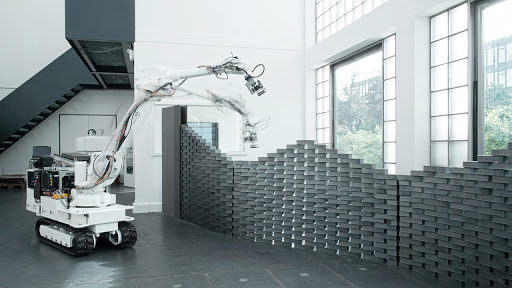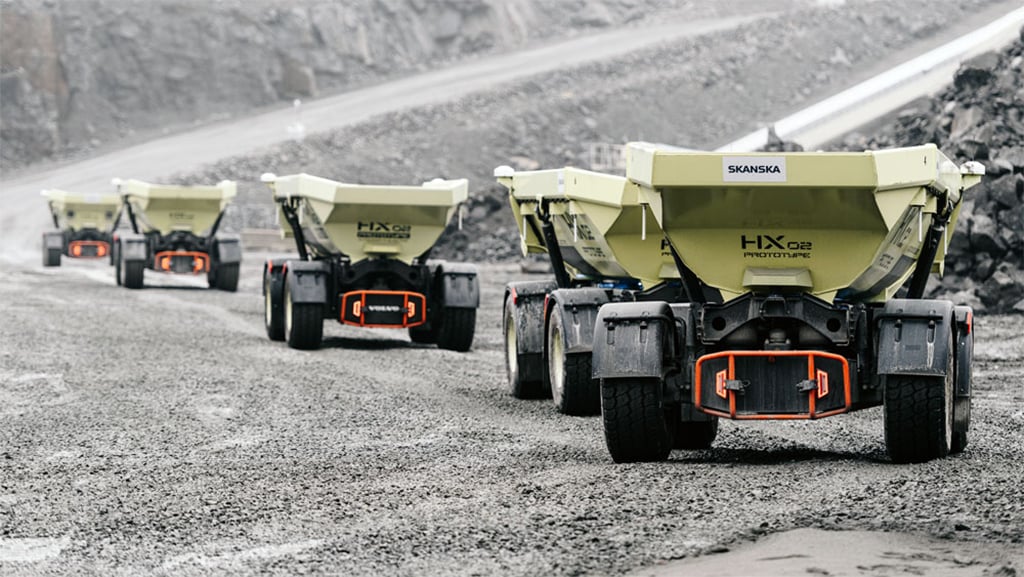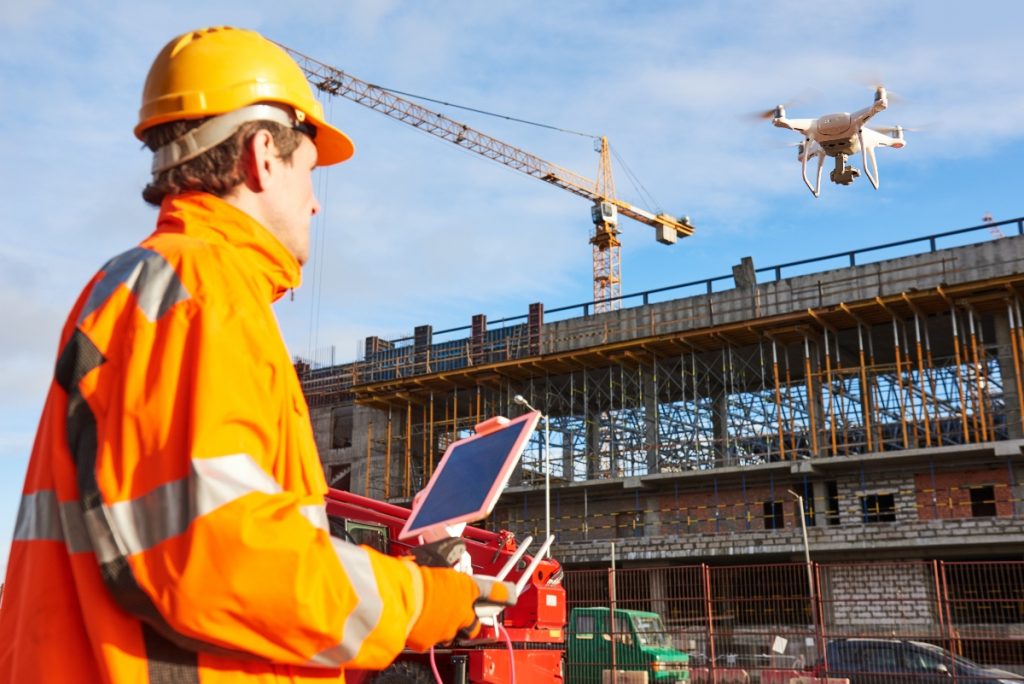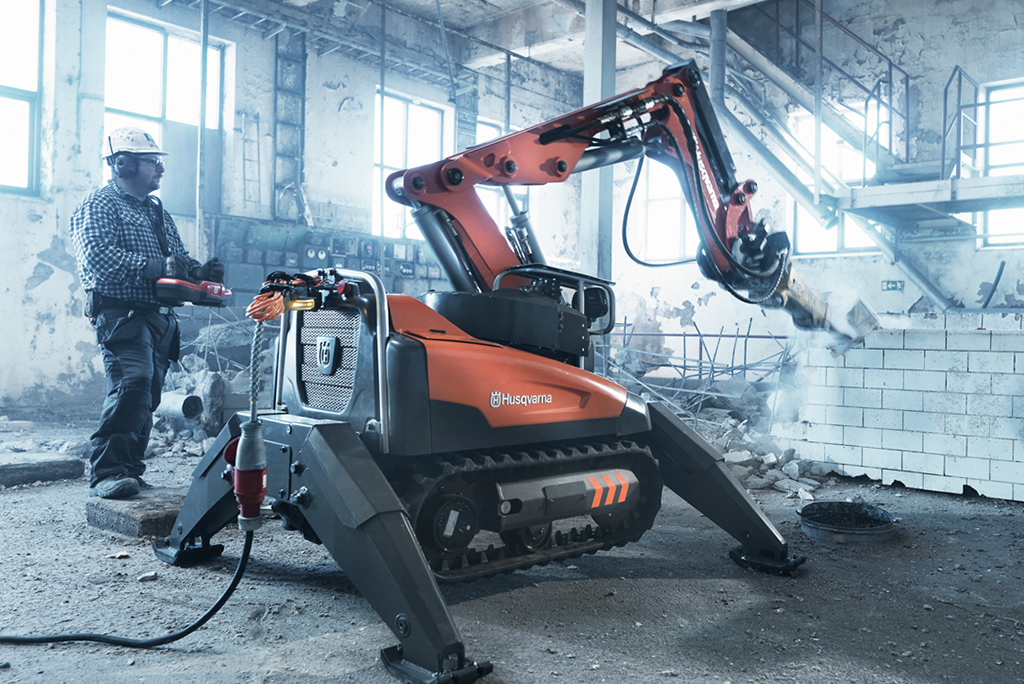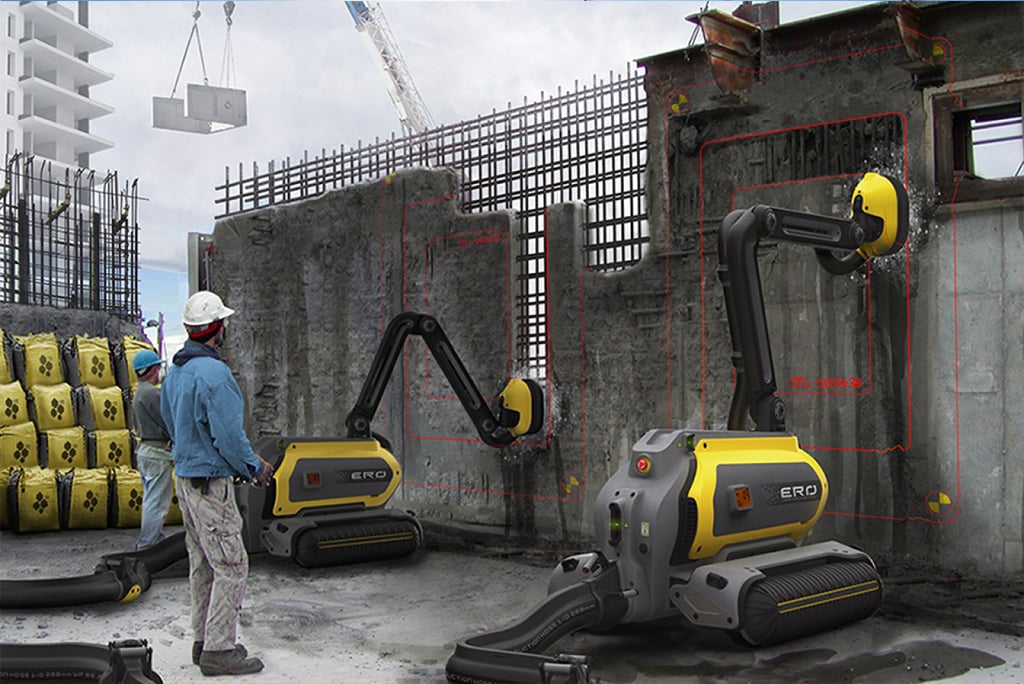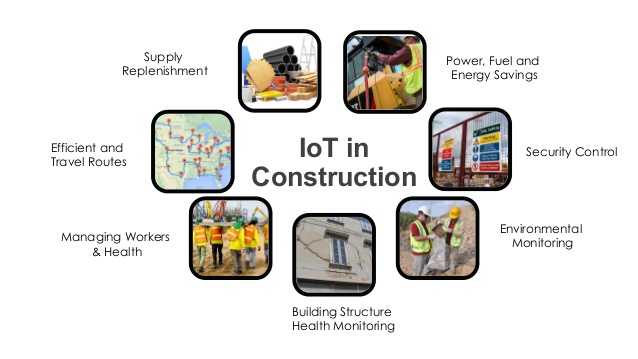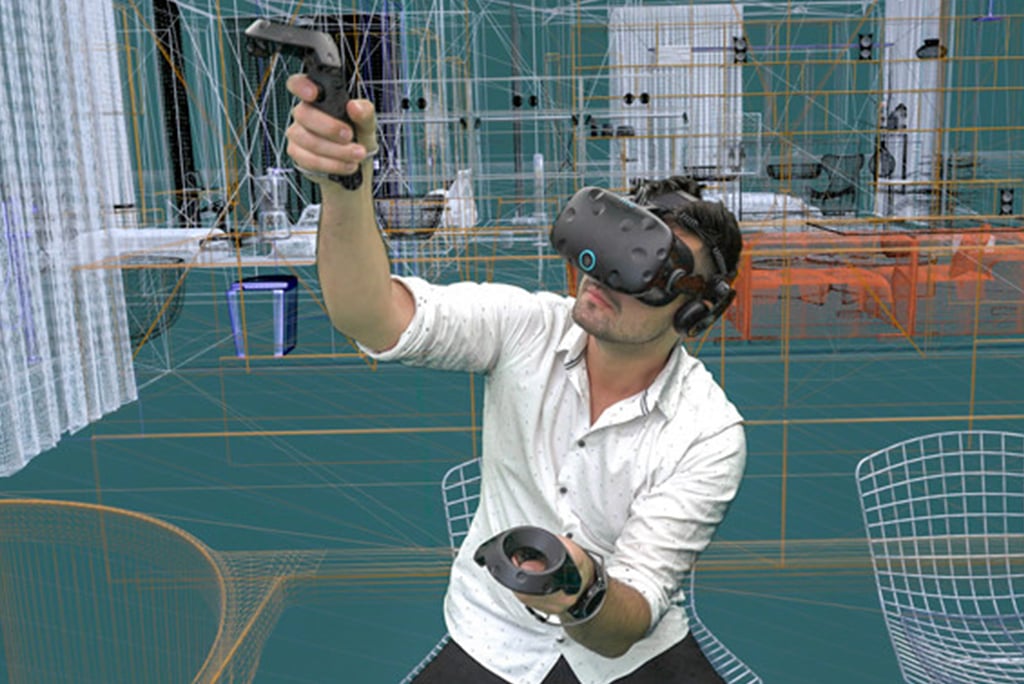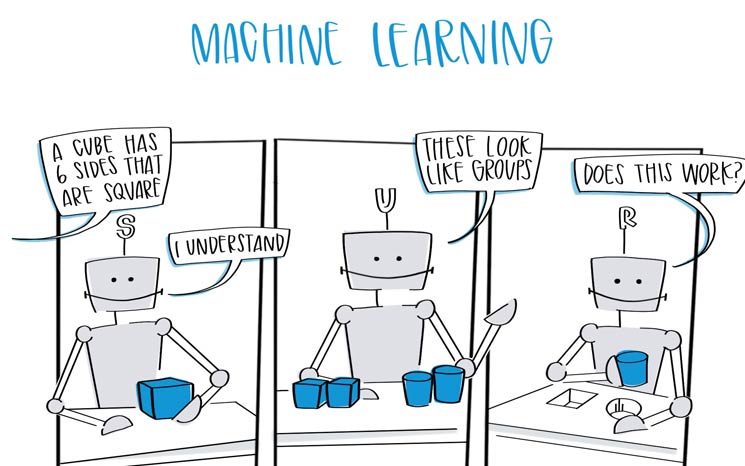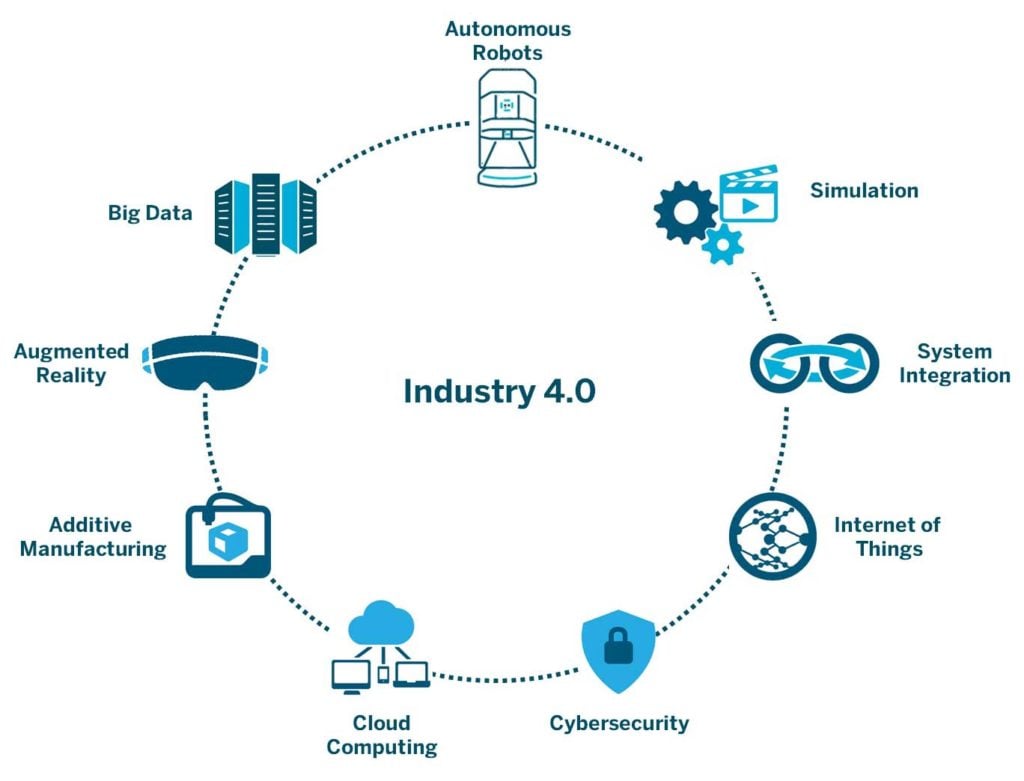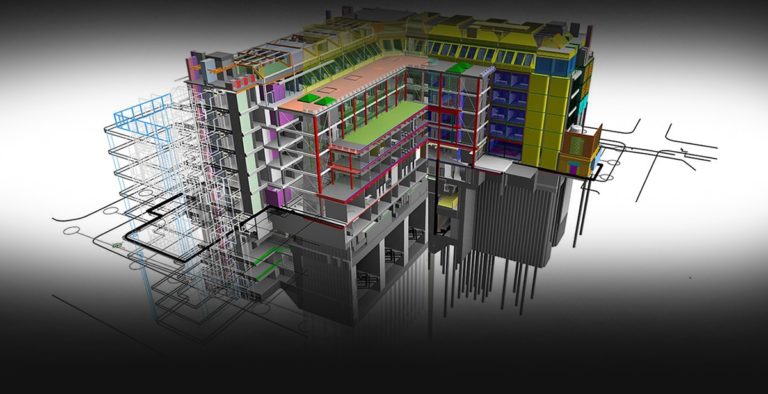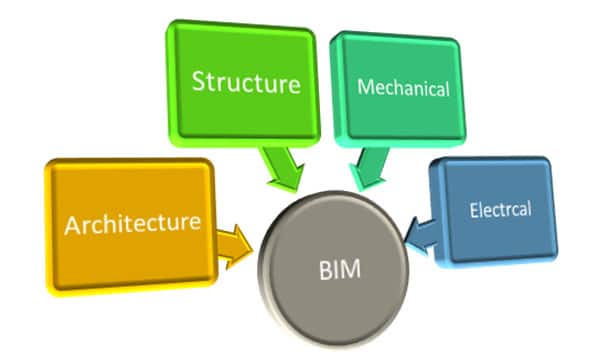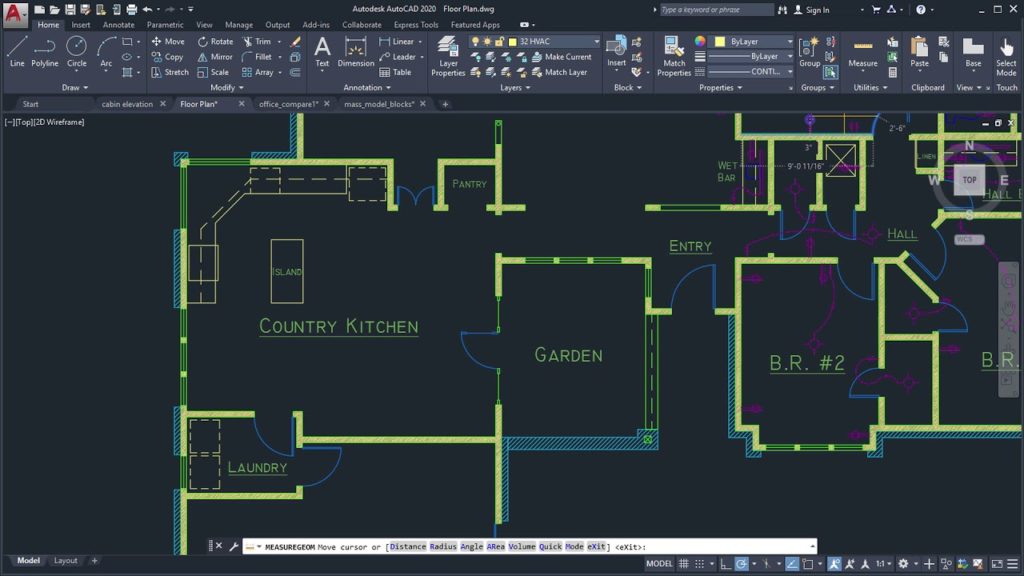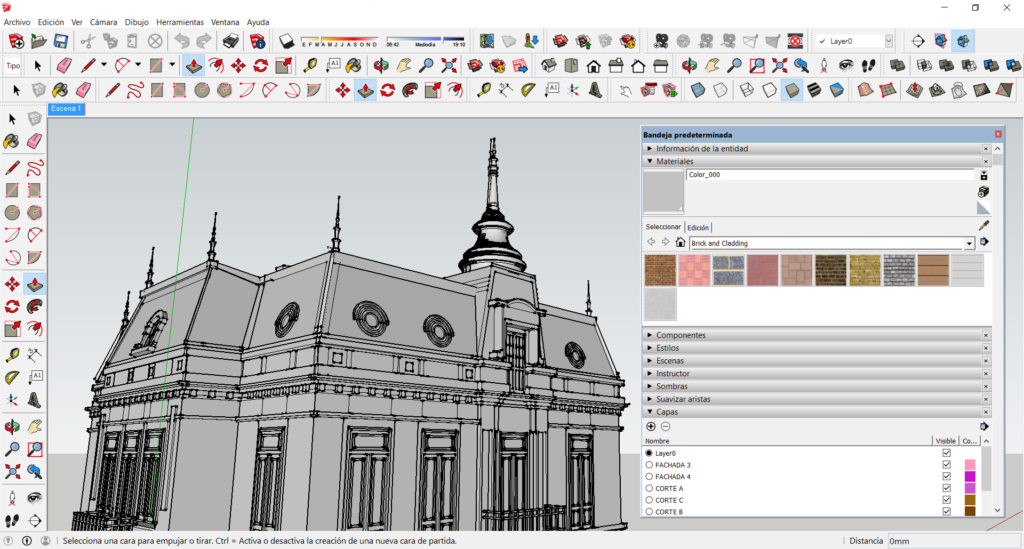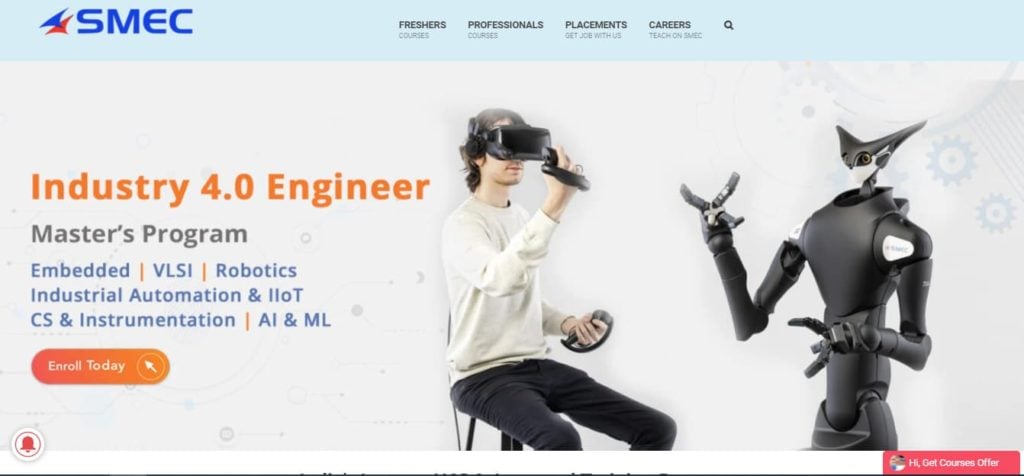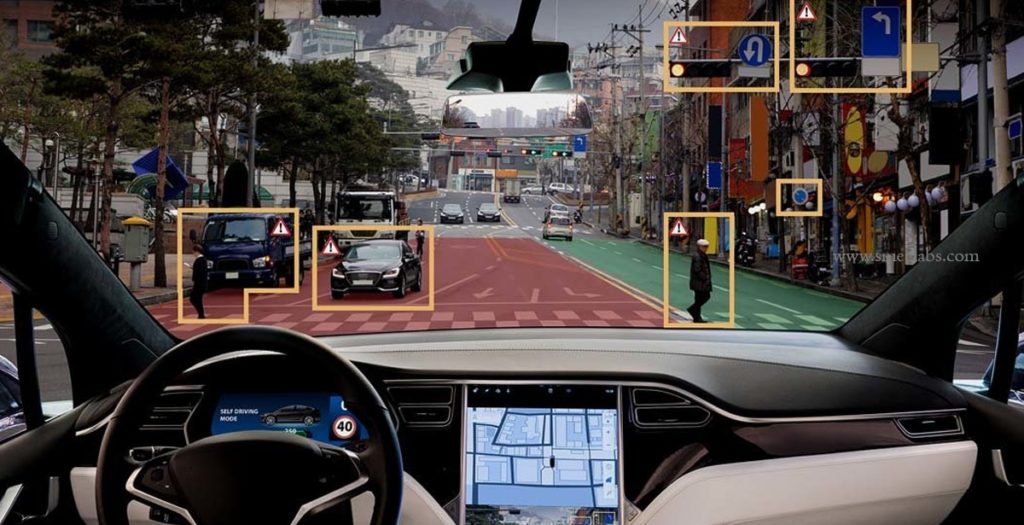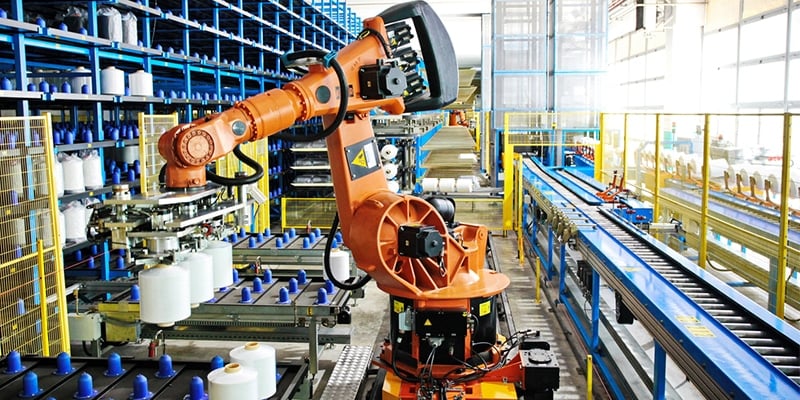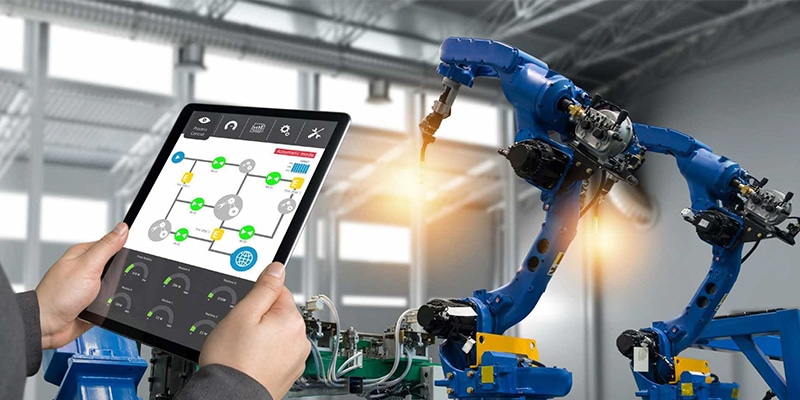What is RPA, and will RPA kill Jobs?
Robotic Process Automation, the major question that arises is whether will RPA kill jobs. RPA is not like a Humanoid robot doing all the tasks as seen in the movies!
Robotic, can be described as a program that imitates human actions. A Process is a workflow or sequence of steps that lead to an activity or a function.
Automation is any process that is done by a robot without human intervention. It’s a tool or software robot that does the task without human intervention. You may wonder when you log in to a portal, there is a question like Are you a robot.
On some websites, they ask to type some words or numbers inside a box or image names as CAPTCHA (Completely Automated Public Turing test to tell Computers and humans apart). It is implemented to block spammers and software bots that are trying to automatically create email accounts, sign up automatically, access databases, etc. The main objective of CAPTCHA is to make sure the resource is accessed by the human, not a bot. The updation of CAPTCHA, and reCAPTCHA ensures more security for bots. This test is almost impossible to solve by software robots.
It’s about automating the manual jobs as repetitive tasks based on a pattern like combining spreadsheet documents from different sources into a single one, scrapping (collecting) data from online resources, bank tellers, etc.
As part of industrial automation, many laborers were replaced by machines. The same issues arrived in history before when the computer was introduced. Introducing technology doesn’t make people jobless. It creates new opportunities and time to skill up.
How does an RPA work?

The RPA tools can imitate the user’s actions, especially repetitive tasks. We have to set the steps or workflow using the RPA tool. Once the pattern is created, it will work continuously without any mistakes till the project is canceled.
The tools like Blue Prism, Ui Path, Automation Anywhere, etc are used by many companies as well as developers. Some of these tools have free or trial versions. We can learn the basics and implement them.
What are the applications of RPA?

- Data Entry
- Report Generation
- Data Extraction
- Invoice Processing
- E-Mail Automation
What will be the future of RPA?
According to Forrester, the RPA industry will grow from 250 million Dollars in 2016 to 2.9 billion Dollars in 2021. The requirement for RPA increased rapidly and this created a shortage of developers. This creates opportunities in this technology. Using RPA tools we can replace clerical jobs and lead to an increase in speed and accuracy. This helps to cut expenses and save time for firms.
Many firms already implemented the RPA to work in their business. Investments in this technology have drastically increased. During the pandemic time 2020-2021, the requirement for RPA has increased. One of the applications of RPA is for automating the clinical testing for a vaccine and documentation, which is a repetitive task. It becomes easy by using the RPA tool.
What are the Job Opportunities in RPA?
RPA offers job opportunities to candidates in some well-established companies even NASA. The private industries, automobile sector, Health care, Manufacturing industries, Telecom, IT, etc.
JOB ROLES
- RPA Developer
- RPA Engineer
- RPA Technical Lead
- RPA Administrator
- RPA Business Analyst and more!
The new technology doesn’t make humans jobless. Remember the saying of Charles Darwin that “It is not the strongest of the species that survives, nor the most intelligent but the one most responsive to change”. So, skill up and get on track!

Department: Embedded Systems
Linkedin: https://www.linkedin.com/in/anoopjayaram97/
